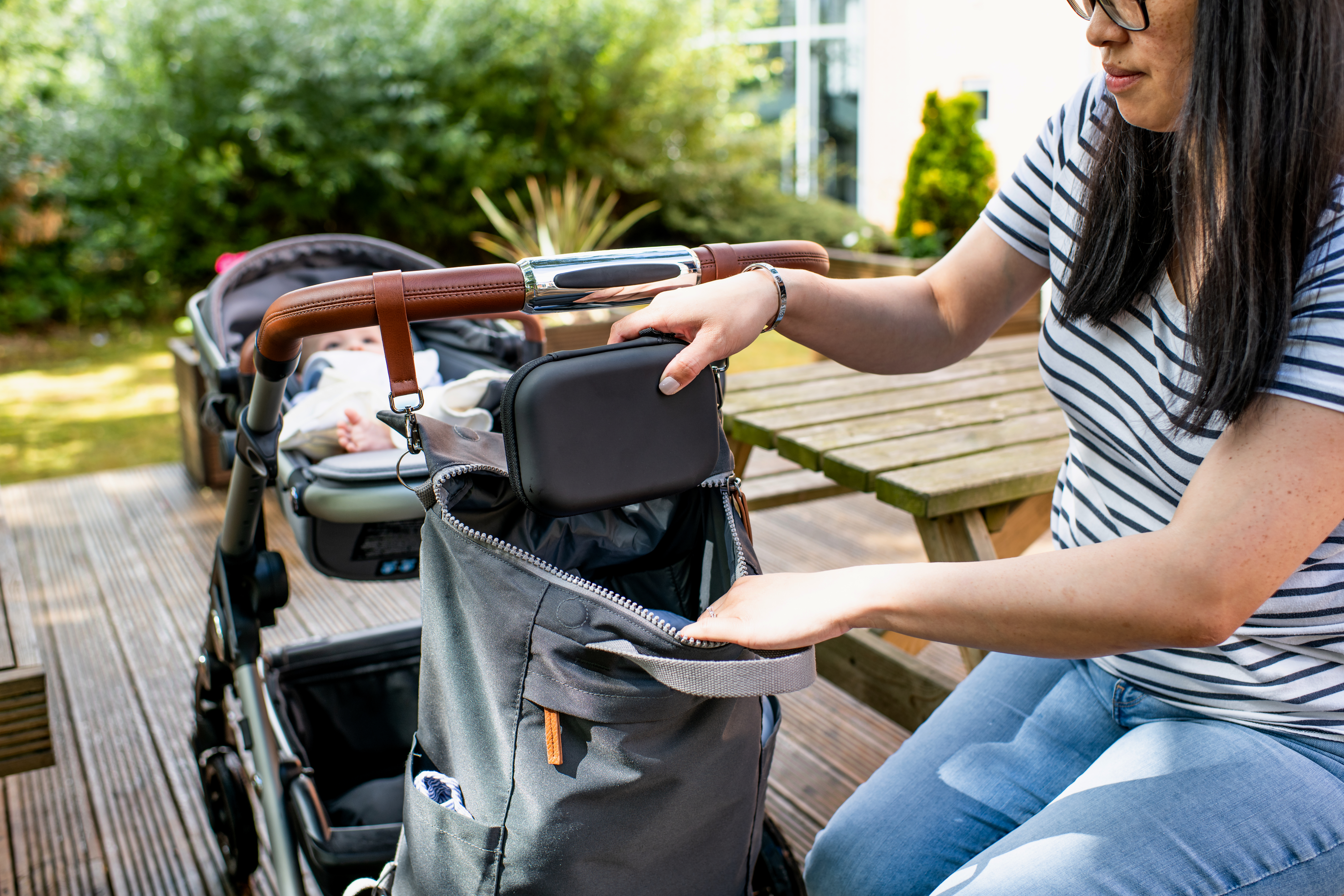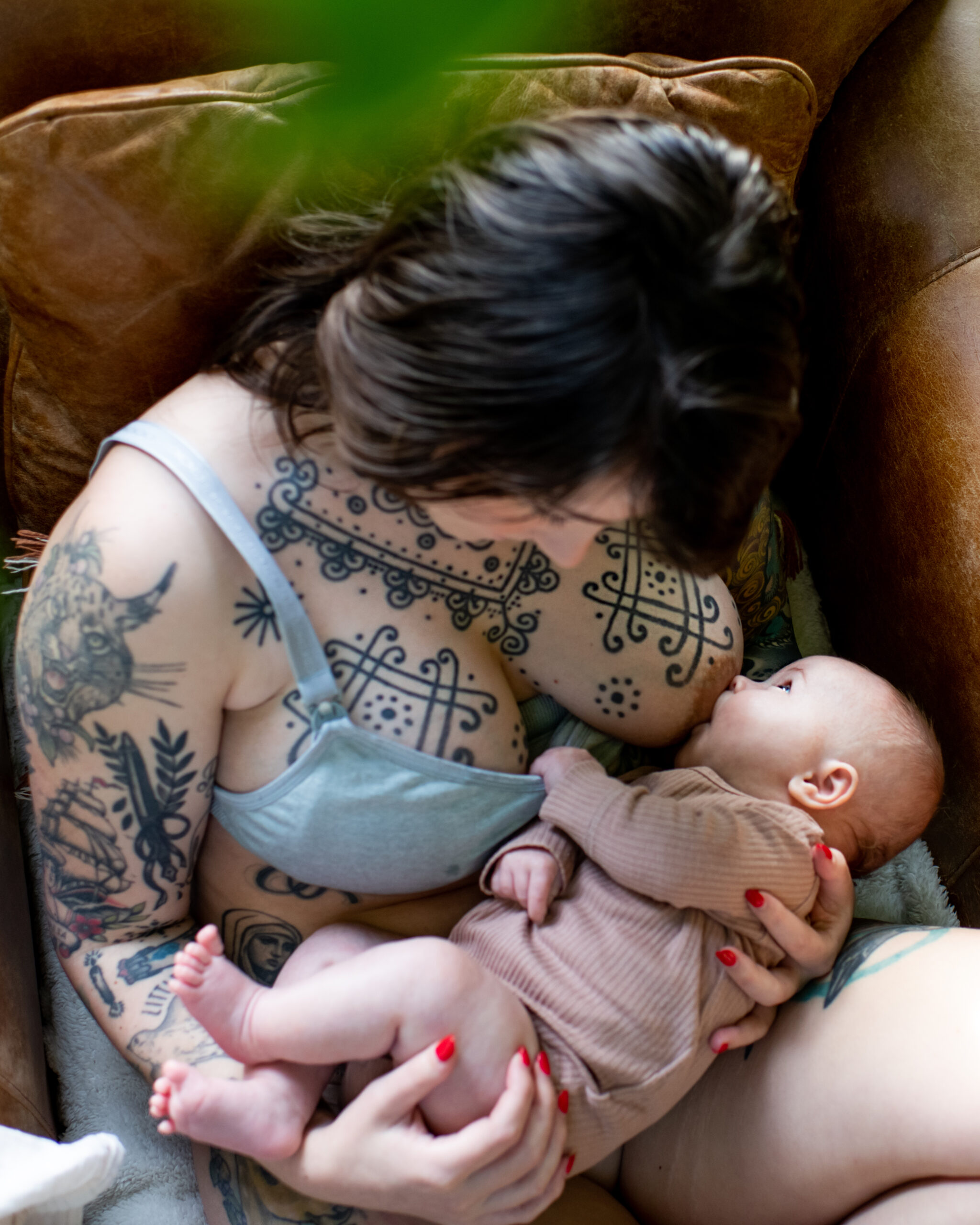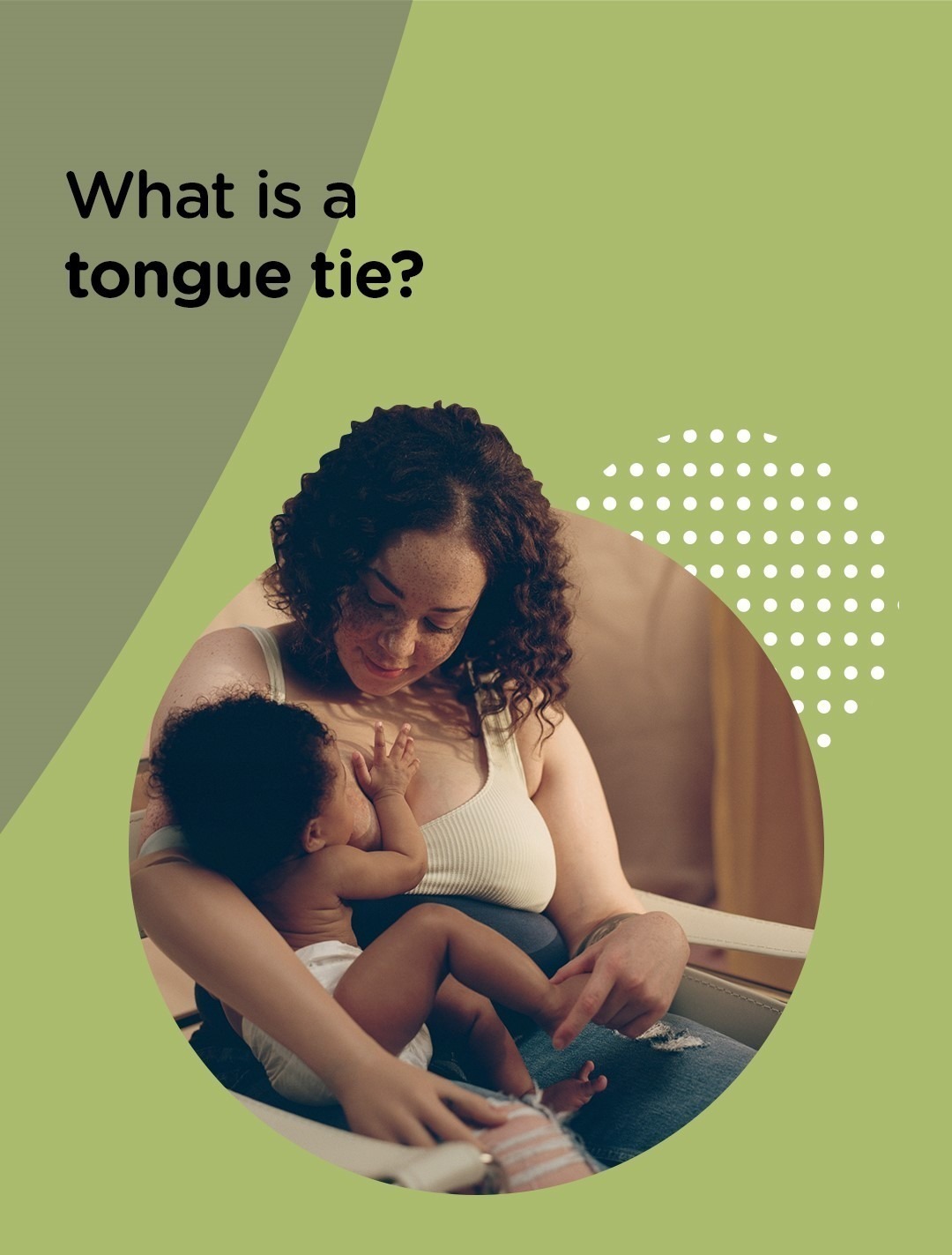At birth, a newborn baby’s hair can be very thick, wispy, or almost non-existent, and there’s no ‘normal’ amount of hair for a baby to have. If a little one’s born with hair, it can vary massively in colour and texture, from fair and thin, to dark and curly.
But whether they have a little or a lot, when it comes to washing your baby’s hair, you may be wondering how to do it safely and with as few tears as possible. Read on for some top tips for caring for your baby’s hair.
How to wash a baby’s hair
Washing your little one’s hair is an important step in their bath time routine and gets them used to having water around their head.
For bath time success, follow these steps…
- Only wash their hair when it’s needed: The frequency of hair washes depends on your baby’s hair type and how often they splash or smear food into it. Most babies only need their hair washed two or three times per week, but it’s best to use your parental instinct. You’ll know when your child’s hair is dirty and could do with a wash. If it doesn’t need shampooing, you don’t need too, just gently rinse their head with water and a soft flannel.
- Use a mild shampoo: You should always use a shampoo that’s designed for babies on your little one as some adult hair care products contain ingredients that’re not suitable for children, such as SLSs, parabens and artificial colours. If your baby’s skin is sensitive, it’s a good idea to do a patch test on their skin with a small amount of product and keep an eye out for any reaction or irritation before you apply it to their hair.
- Shield their eyes: You can use your hands to stop water or soapy suds going into your baby’s eyes, and there are also specially designed rinse cups available.
- Avoid putting pressure on the fontanelle: This is the soft spot on the top of your baby’s head.
- Be sure to rinse thoroughly: Any leftover soapy residue can dry out their scalp and aggravate cradle cap if they have it.
- Dry naturally: It’s best to gently dry your baby’s hair with a soft towel initially, and then let it dry naturally. You should avoid blow-drying because it can remove moisture from their scalp. Once you’ve washed their hair, be sure to keep your little one’s head warm until it’s completely dry.
- Distract them: If your baby can sit up in the bath independently, but having their hair washed isn’t their favourite activity, it can really help to have some bath-friendly toys to take their mind off having their hair washed.
Do I need to use conditioner?
Baby-specific hair conditioners and detangling sprays can really help if your little one’s hair is prone to tangles and can make combing and caring for it a little easier. If you do use a baby-friendly conditioning product, only use a tiny amount, and smooth it through their hair using your fingers or a wide-toothed comb to loosen any knots.
How to brush a baby’s hair
If your little one has long, thick hair, it may become tangled or matted. To keep it tangle-free, you can use a wide-toothed comb or a gentle, soft-bristled baby brush on their hair to gently detangle it, starting from the ends and working upwards.
How to cut your baby’s hair
If your baby’s hair grows long and starts to get into their eyes, you may want to trim it a little to keep them comfortable. Trimming their hair also means there’s no need for clips or hairbands that can sometimes cause irritation.
If you want to trim some length off your baby’s hair, ask for help from a friend or family member if you can, and choose a time when they’re calm, have been fed and aren’t too tired. It can also help to give them a small, soft toy to play with as you slowly trim bit by bit.
What is cradle cap?
Cradle cap is a common condition that’s characterised by crusting and white or yellow scales on a baby’s scalp. It’s not contagious and isn’t caused by poor hygiene. It usually appears as a patch on a baby’s scalp that’s covered with yellow or brown coloured flakes.
When a baby has cradle cap, it can help to…
- Wash their hair more frequently using a baby shampoo that’s specially designed to treat cradle cap.
- Lightly massage their scalp with an emollient moisturiser to help loosen the scales.
- Gently brush their scalp with a soft baby brush and then wash it with baby shampoo.
Don’t…
- Be tempted to pick at their cradle cap, as this could potentially lead to an infection.
- Use olive or peanut oil.
- Use soap or adult shampoos
It’s not usually harmful to your baby and often clears up by itself after a few weeks or months and doesn’t normally cause itching or discomfort to your baby. However, if your baby’s scalp becomes red, inflamed or swollen, or you notice signs of a possible infection, you should seek medical attention.
Why is my baby’s hair falling out?
If your baby was born with hair, don’t be alarmed if it falls out at some stage. Most hair loss happens in the first six months of life, often peaking at about three months. This is common and known as the telogen stage.
Friction from rubbing the back of their head against their mattress as they sleep or lie on their back can also cause a baby’s hair to fall out. This hair usually starts to grow back once a little one can roll over independently, usually at around seven or eight months.
Your baby’s hair will grow back and may even grow back with a different colour or texture according to your baby’s hormones. Light hair can come in darker, straight hair can come in curly, and thick hair can come in thin.


